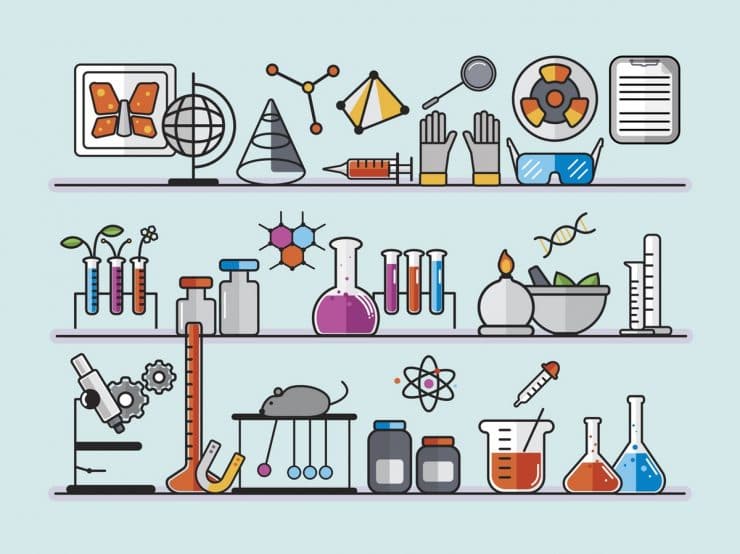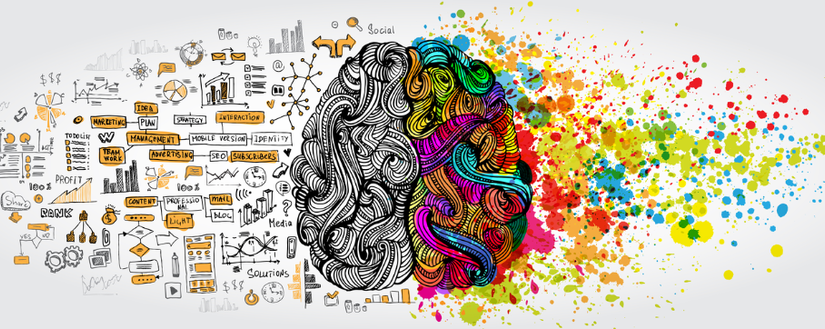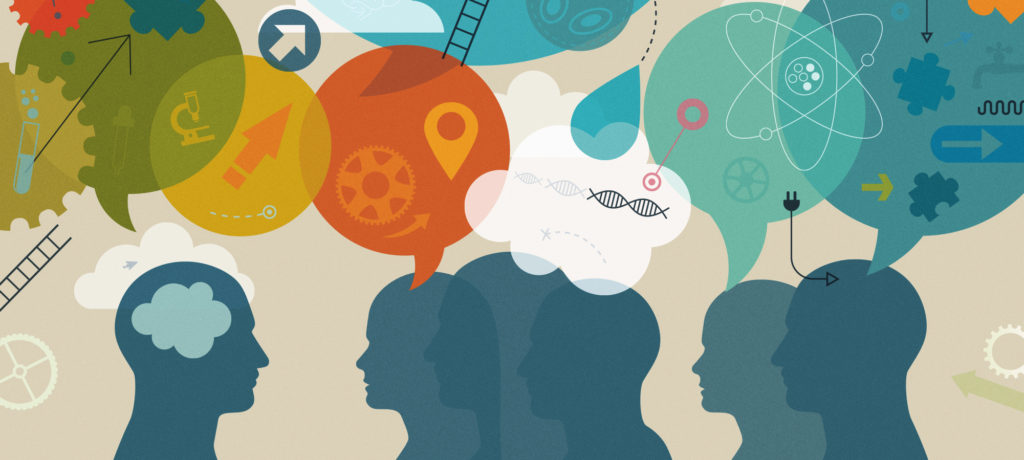Problem solving is vital in today’s world. Students are constantly bombarded with tasks and problems that require them to assess and analyze these tasks or problems quickly and efficiently. Problem solving requires a unique set of critical skills that most students do not possess. Students lack the ability to think critically because many course assignments do not adequately support thinking critically; so many students do not even understand what critical thinking is in context. Critical thinking is the foundation to all problem solving, it allows students to look past the surface to get a deeper understanding of certain problems. According to Paul and Edler (2008) “Critical thinking is, in short, self-directed, self-disciplined, self-monitored, and self-corrective thinking. It presupposes assent to rigorous standards of excellence and mindful command of their use. It entails effective communication and problem-solving abilities”. Similarly, so teachers must be effective problem solvers when it comes to practices utilized in their classrooms when it comes to student performance. Teachers must possess the skills, education, and innovation to meet the demands of a changing education system to ensure student needs and interest are met.
With the rise of technology, many educators are looking to educational technologies to support, enhance, and drive critical thinking in their classrooms. According to Mansbach (2015) “critical thinking is a higher-order cognitive skill that is indispensable to students, readying them to respond to a variety of complex problems that are sure to arise in their personal and professional lives”. When students critically think they engage in communication, synthesis, problem-solving, and even reflection. As educators we can use technology tools to create activities that build critical thinking skills in our classrooms.
Some technology based activities that can drive critical thinking that I use in my classroom are:

Inquiry based labs– Inquiry based labs are require students to make their own decisions about gathering and analyzing data and support their findings with credible resources. Students must decide on their variables, materials to use, and determine if their data supported their hypothesis. Cornell University research shows “the students in the new inquiry-based labs are much more active. They are talking to each other, making decisions, negotiating. Compared to the traditional lab, where everyone’s really doing the same thing and just following instructions, we now have all of the students doing something completely different. They’re starting to think independently and critically”.
Example: A tabletop river activity. Students work in lab groups to test a variable; students must decide on a variable to test such as amount of water, velocity, or steepness of the riverbed ( they must research and choose the variable on their own) to see how it affects a river’s depth, width, and delta size. They must research and discuss how to go about completing the experiment and instead of typing a lab report they will create a presentation using any type of media like iMovie, PowerPoint, or Prezi for example of their steps and findings of their experiment.

Discussions– Discussions allow students to communicate with each other. It also pushes them to answer questions that require them to demonstrate critical thinking skills and analyze course content. The key to proper implementation of discussions is for the educator to set guidelines of how they want their students to participate and show critical thinking skills.
Example: Use the discussions feature in Canvas and tell students to critique the video they watched based on the current concept taught. Teachers can ask students to cite from the video to defend their critique and ask students to reply to their peers’ critique as well.
Peer Reviews – As teachers we our loaded with multiple assignments to grade and provide timely feedback on so students can build confidence and self-awareness. At times students take our feedback as criticism, so by allowing their peers to review their work they begin to understand that feedback enhances learning and isn’t a tool for criticism. This type of activity allows students to establish communication skills by giving feedback on each other’s work, it also gives students other perspectives besides those from a teacher, and it challenges students to connect multiple sources of media, analyze a source’s potential bias, or identify an unreliable source. Teachers should definitely use this activity online because it gives students’ anonymity, which will ensure that they are more willing to give candid feedback.
Example: Using Canvas there is a feature that allows teachers to create peer review assignments. Teachers can then manually or randomly create peer review groups. From their students should be instructed to give feedback to two or three of their peers on an assignment or research paper. Again, it can be anonymous if teachers enable the setting. Teachers can create a rubric to help guide students during the review process and it will also show them how their peers will evaluate them.
Critical thinking is a skill that students will use in the academic and professional lives. As educators it is important to nurture this skill throughout students’ academic careers. Technology has changed how educators can effectively implement this skill and support this type of thinking.
References
- C. (Ed.). (2020, February 13). Inquiry-based labs give physics students experimental edge. Retrieved July 03, 2020, from https://www.sciencedaily.com/releases/2020/02/200213090905.htm
- Elder, L; Paul, R (2008)The Miniature Guide to Critical Thinking Concepts and Tools. [PDF document] Foundation for Critical Thinking Press. Retrieved from https://www.criticalthinking.org/files/Concepts_Tools.pdf
- Mansbach, J. (2017, September 22). Using Technology To Develop Students’ Critical Thinking Skills – SPS: Distance Learning. Retrieved July 03, 2020, from https://dl.sps.northwestern.edu/blog/2015/09/using-technology-to-develop-students-critical-thinking-skills/
- Hudson, T. (n.d.). Student-centered Learning Powered by Technology. Retrieved July 03, 2020, from https://www.advanc-ed.org/source/student-centered-learning-powered-technology

